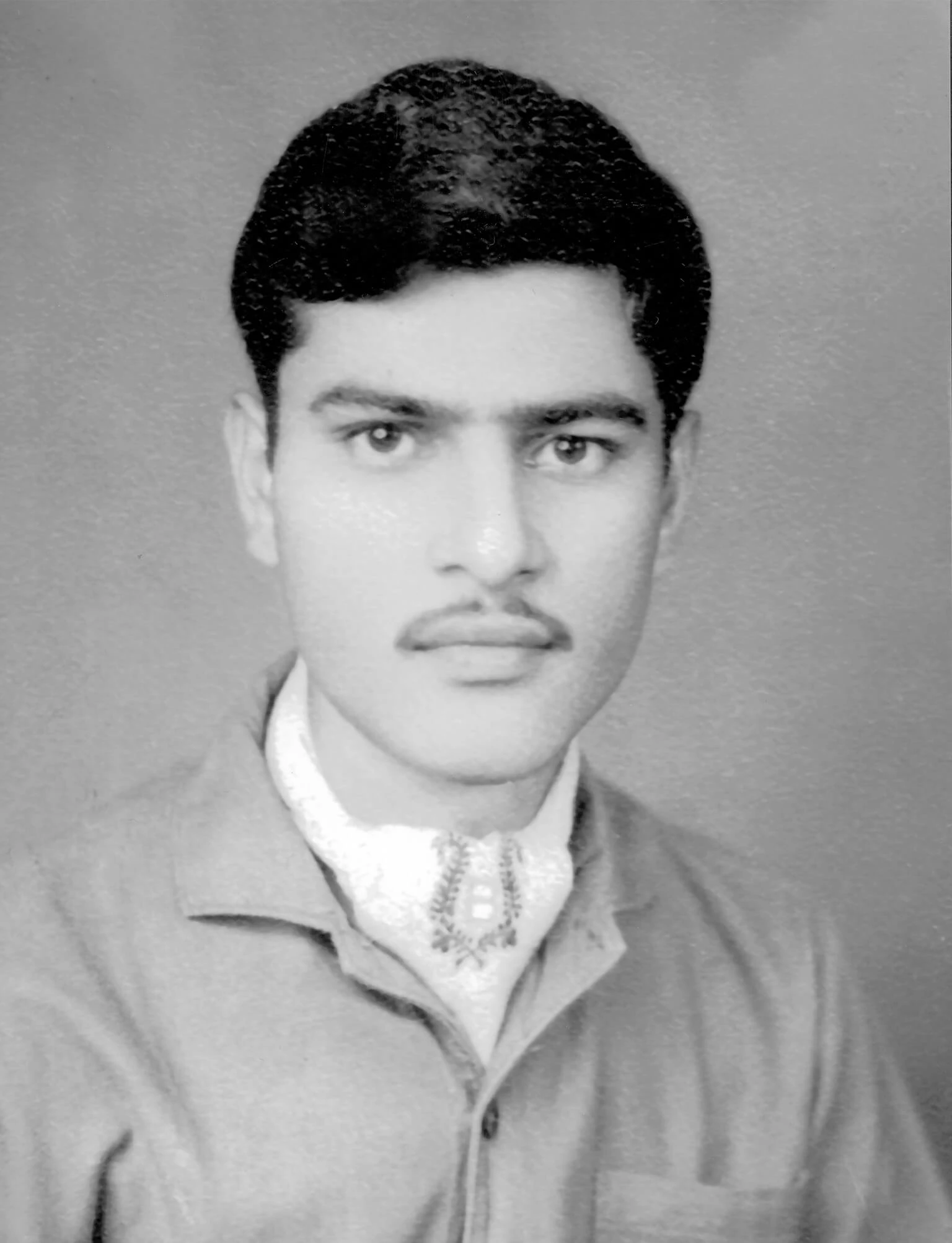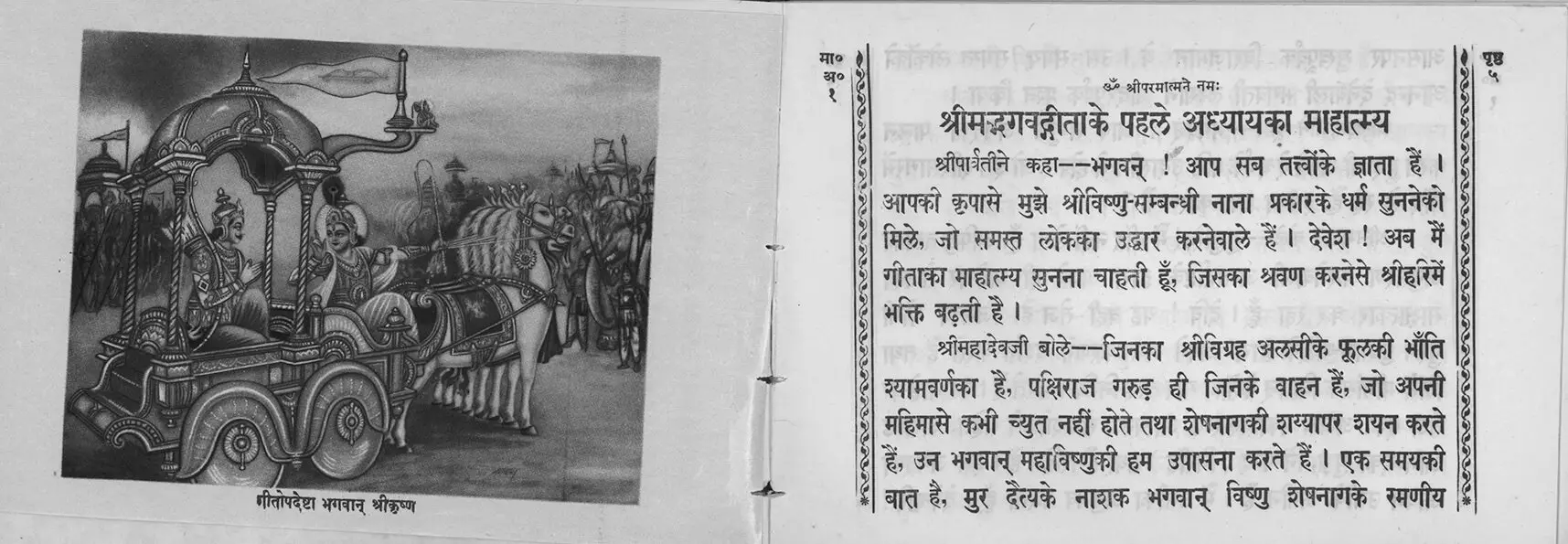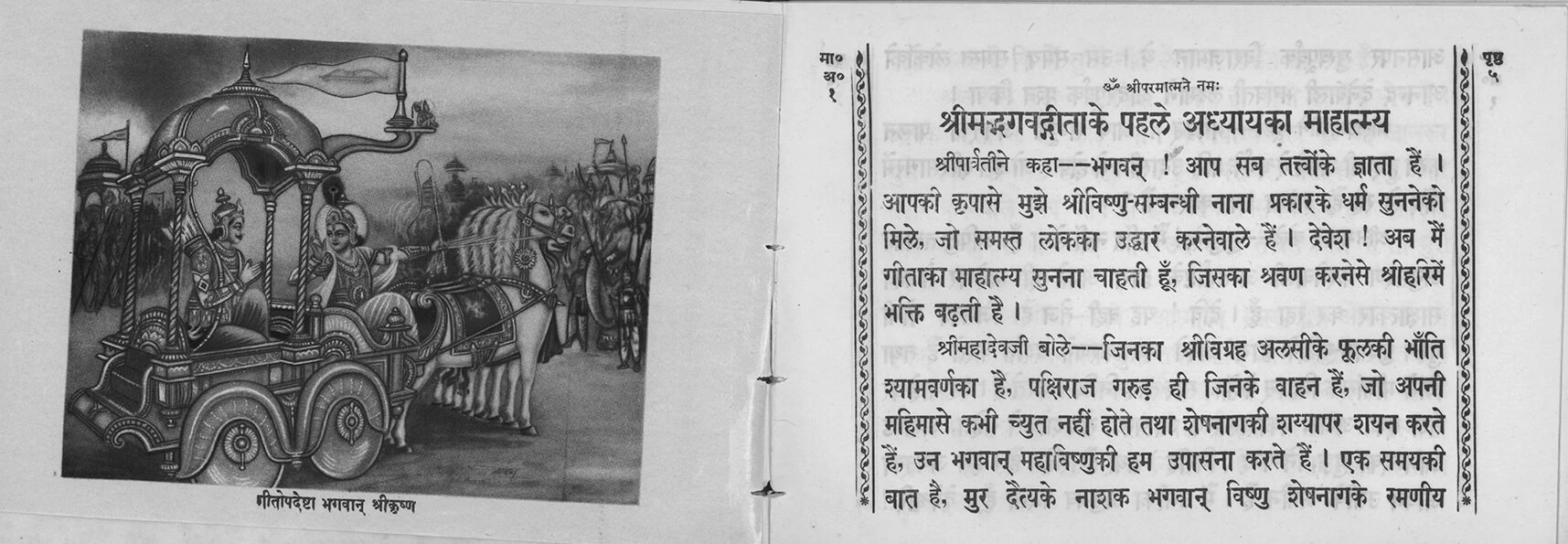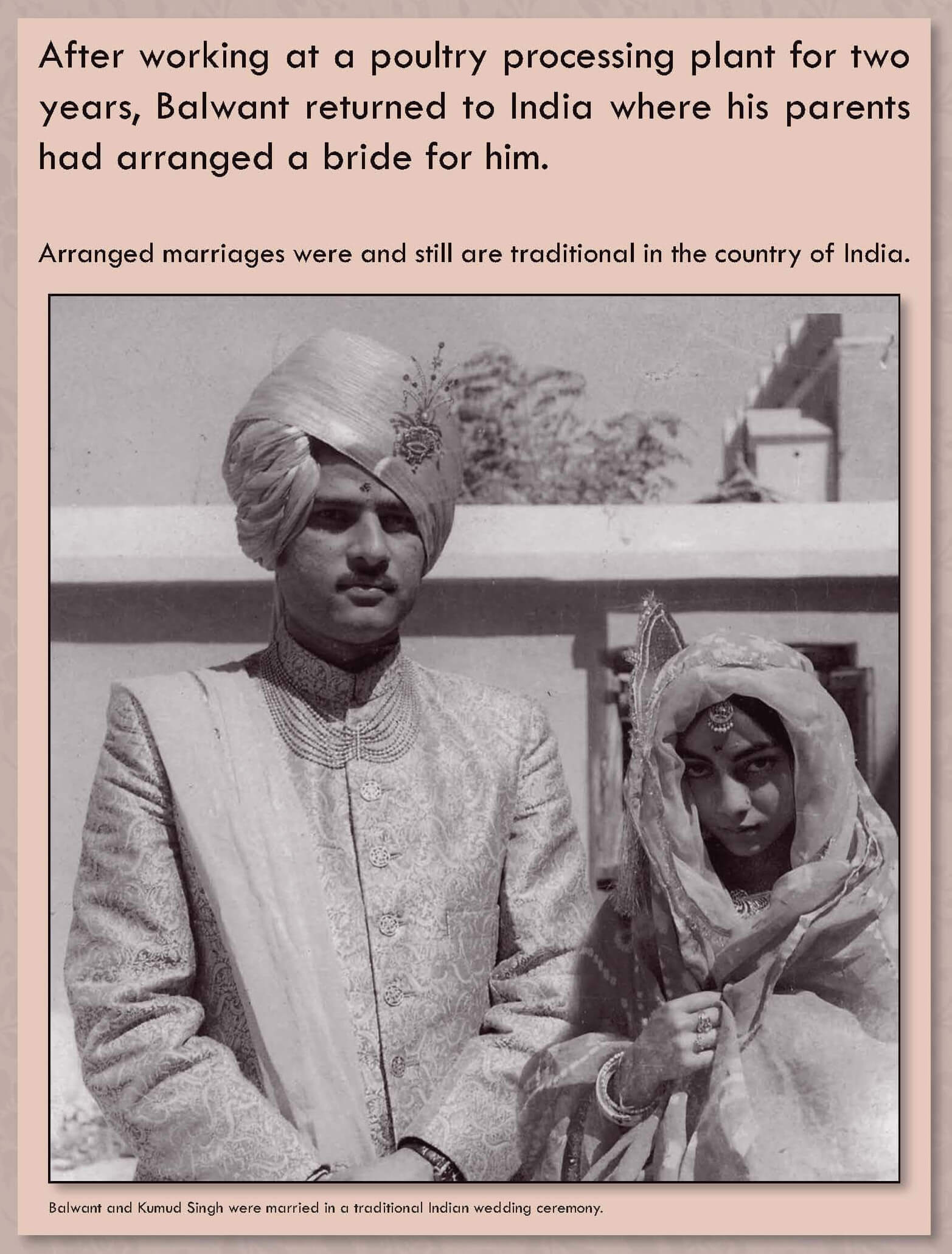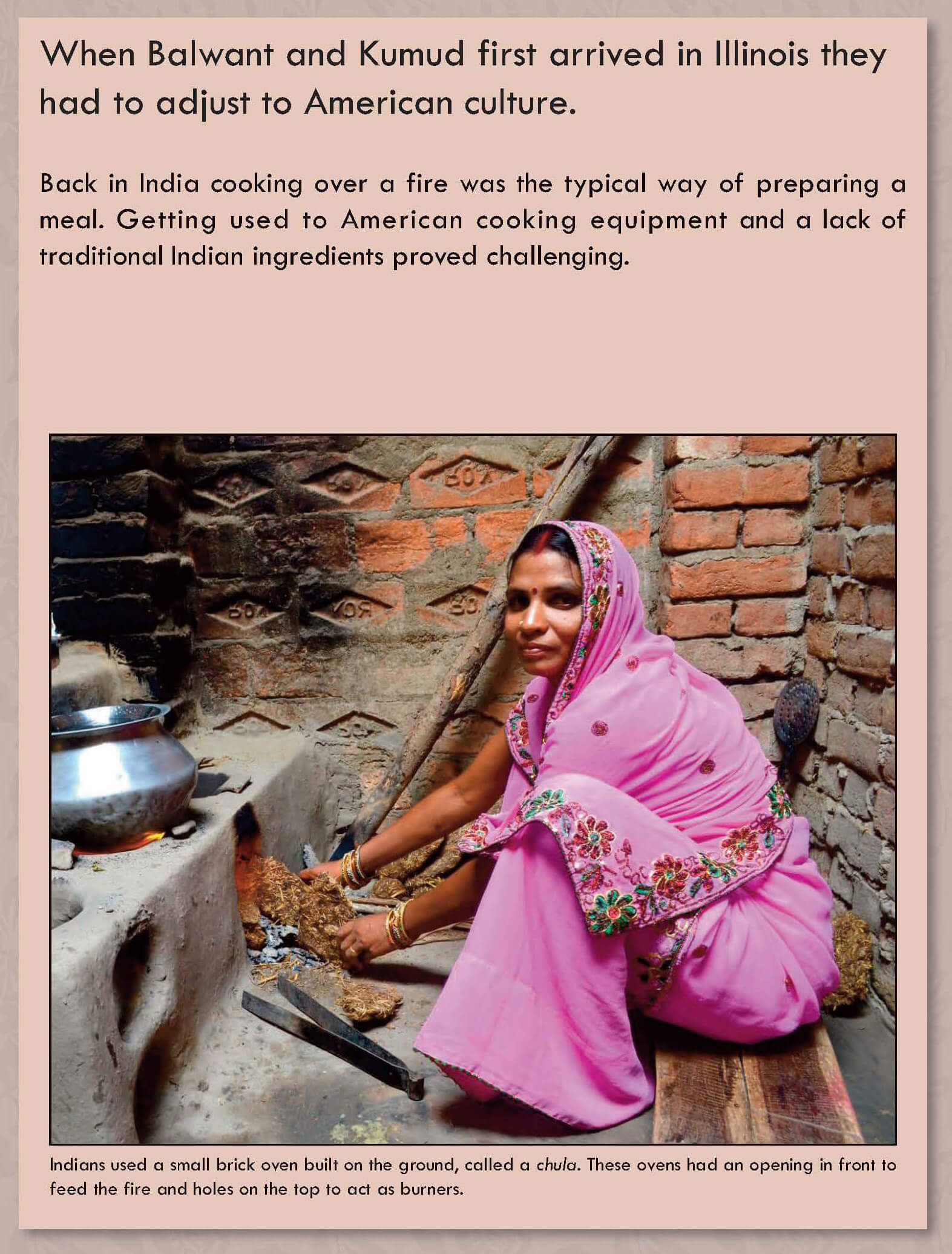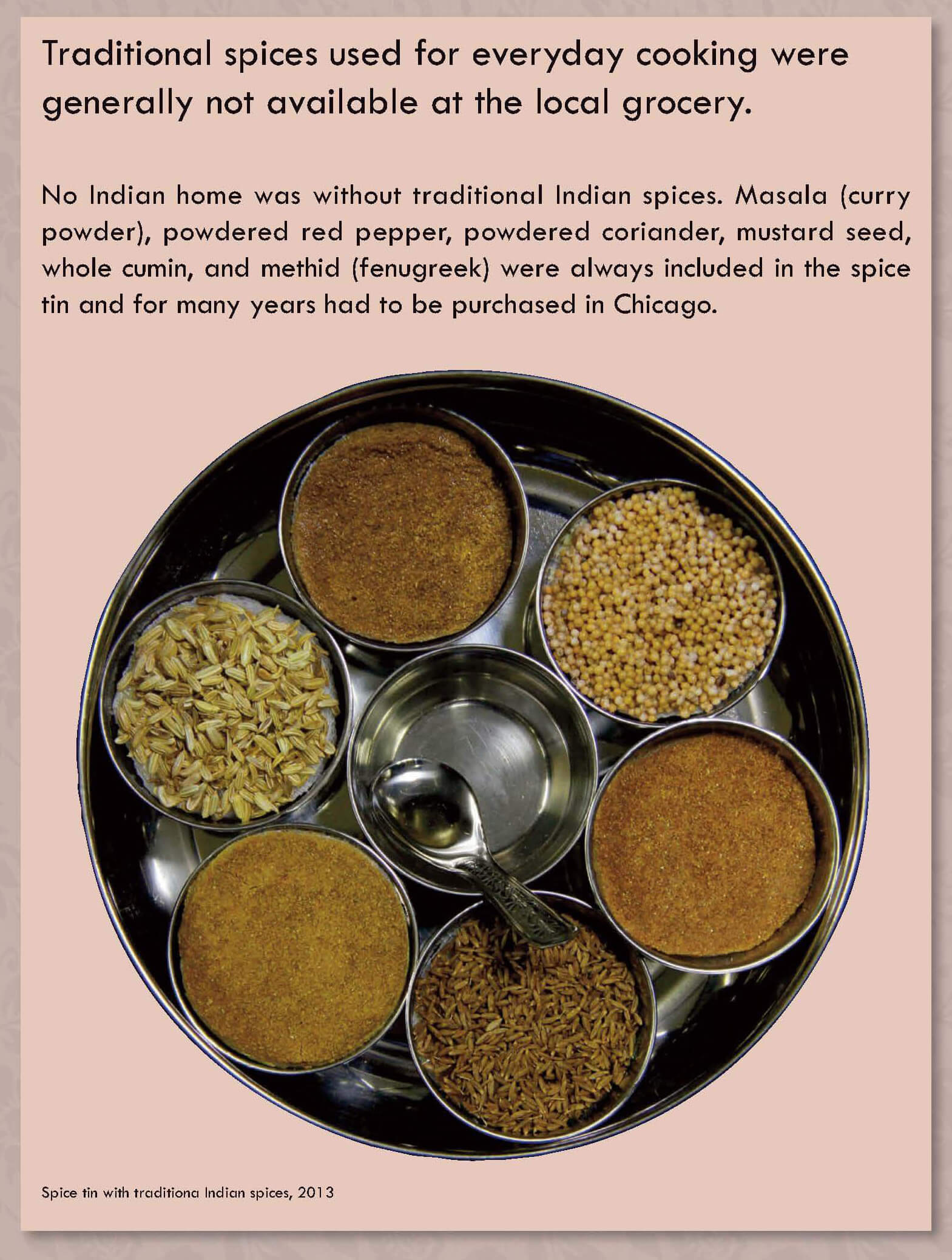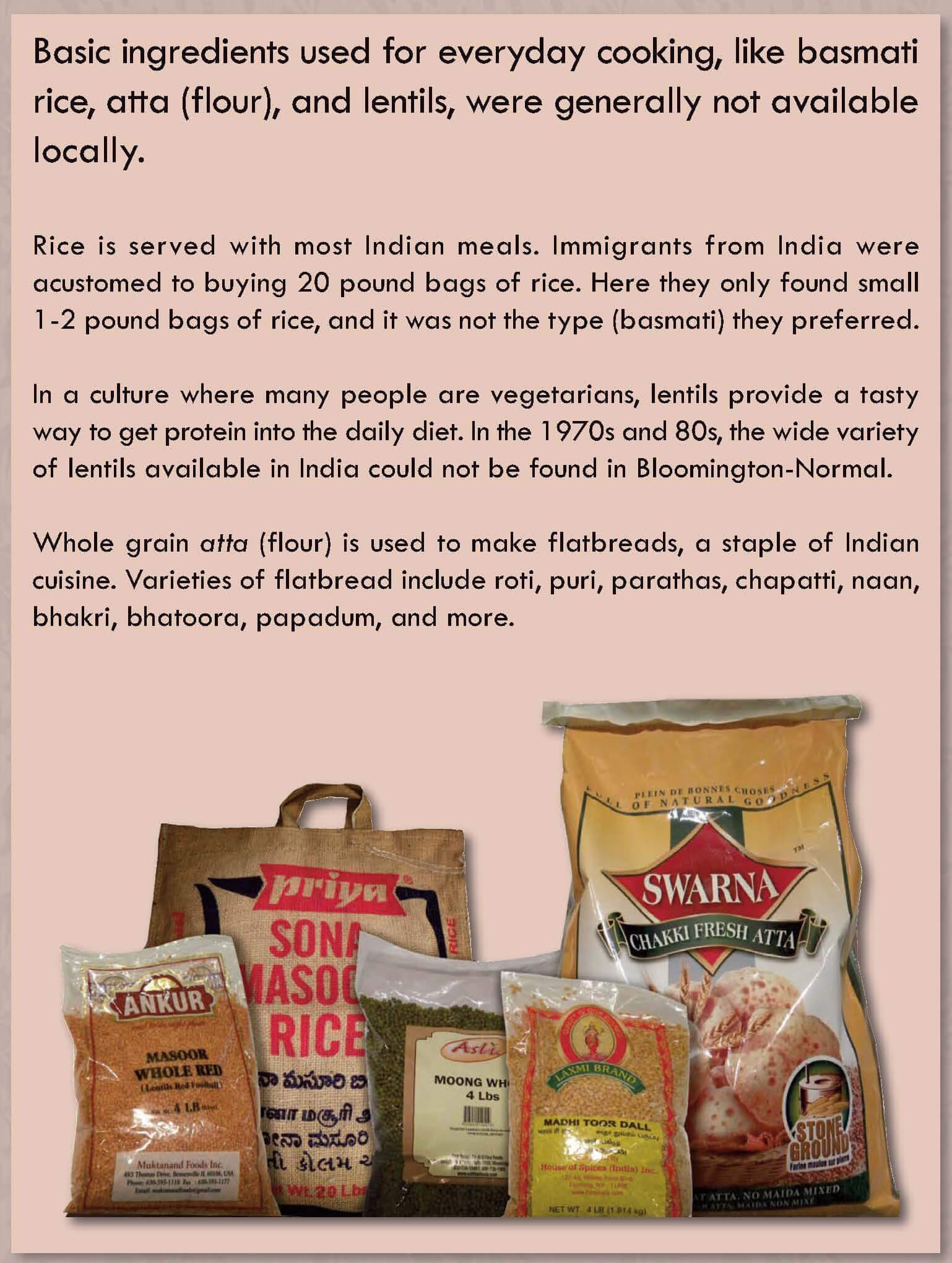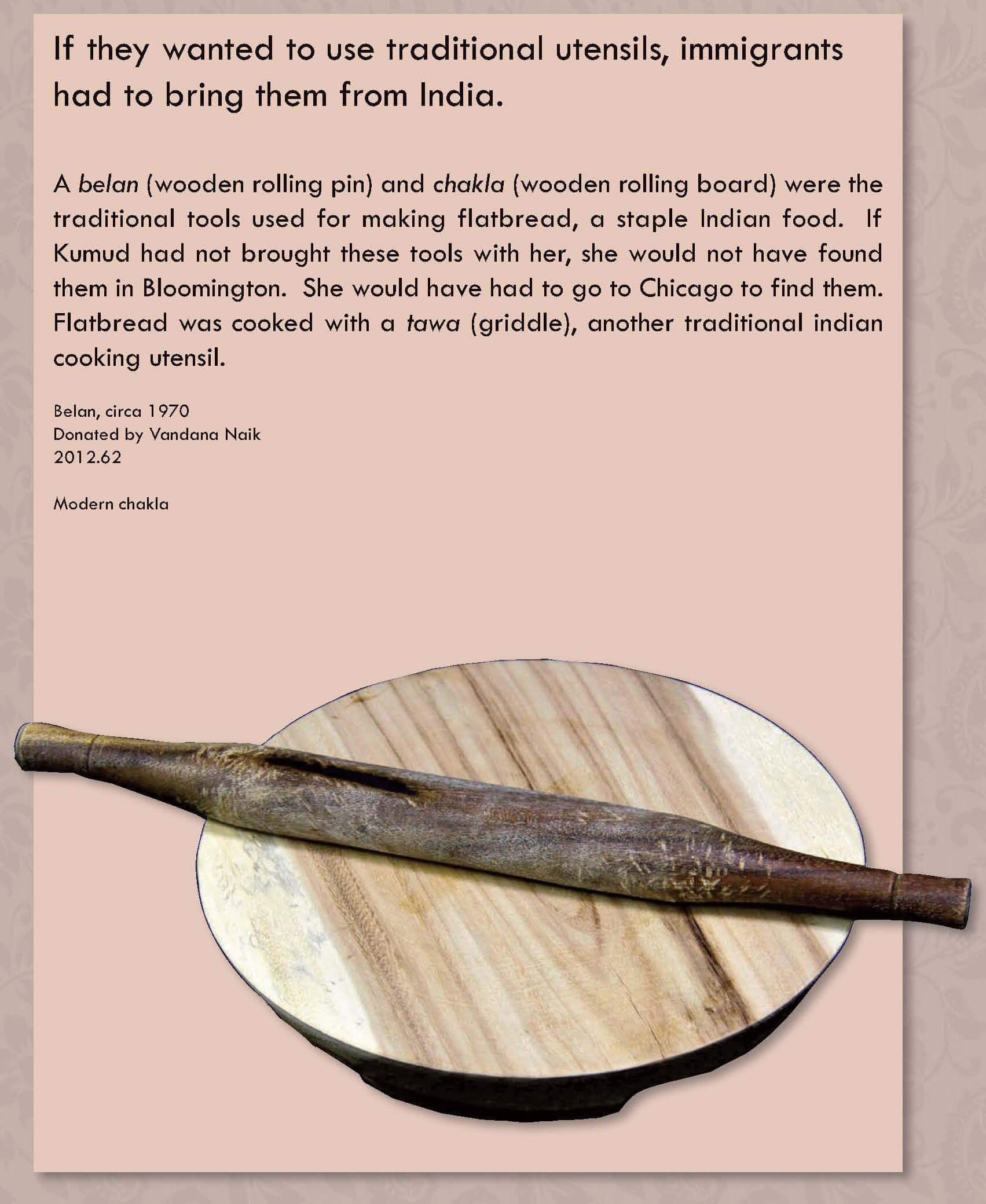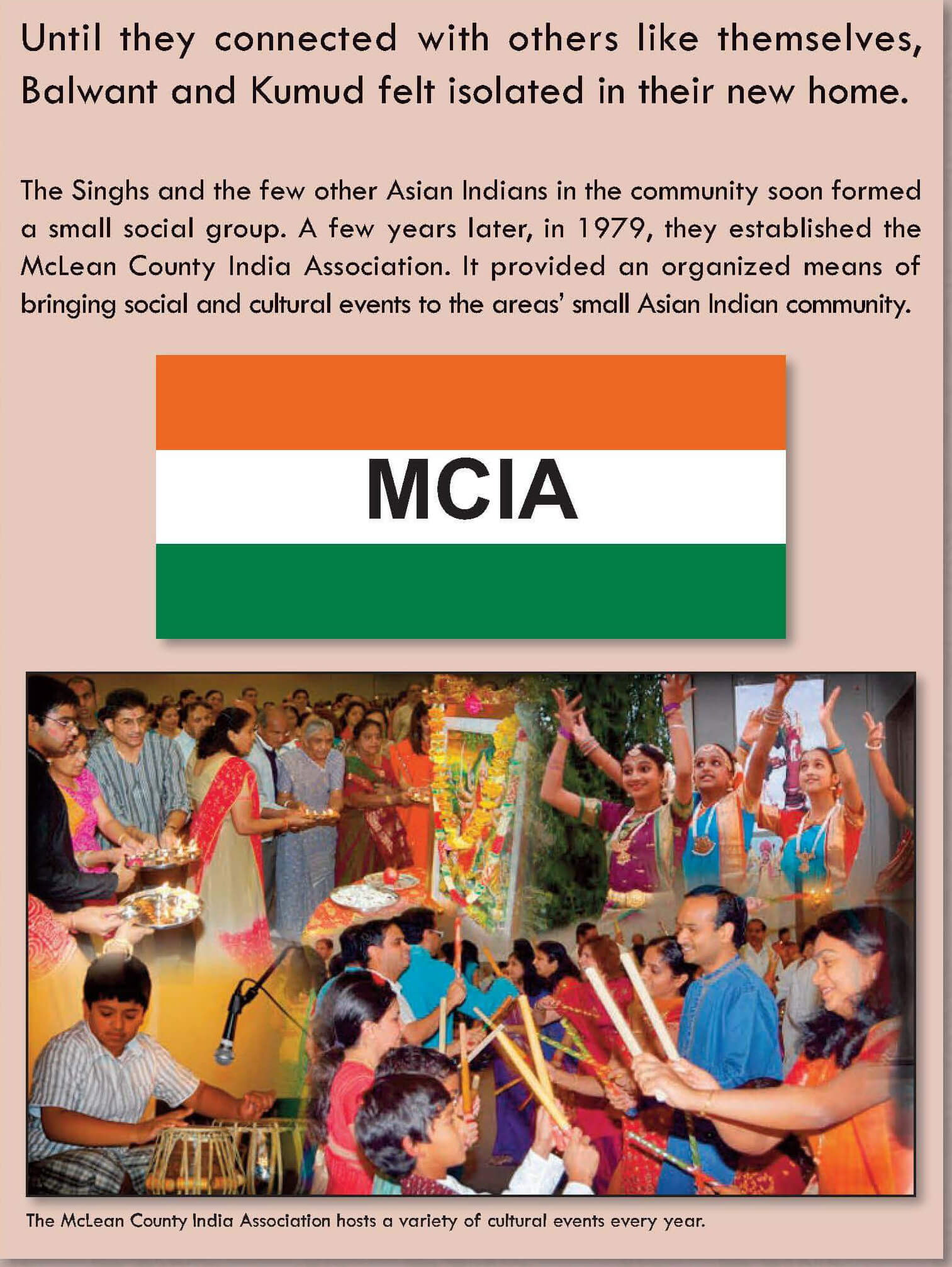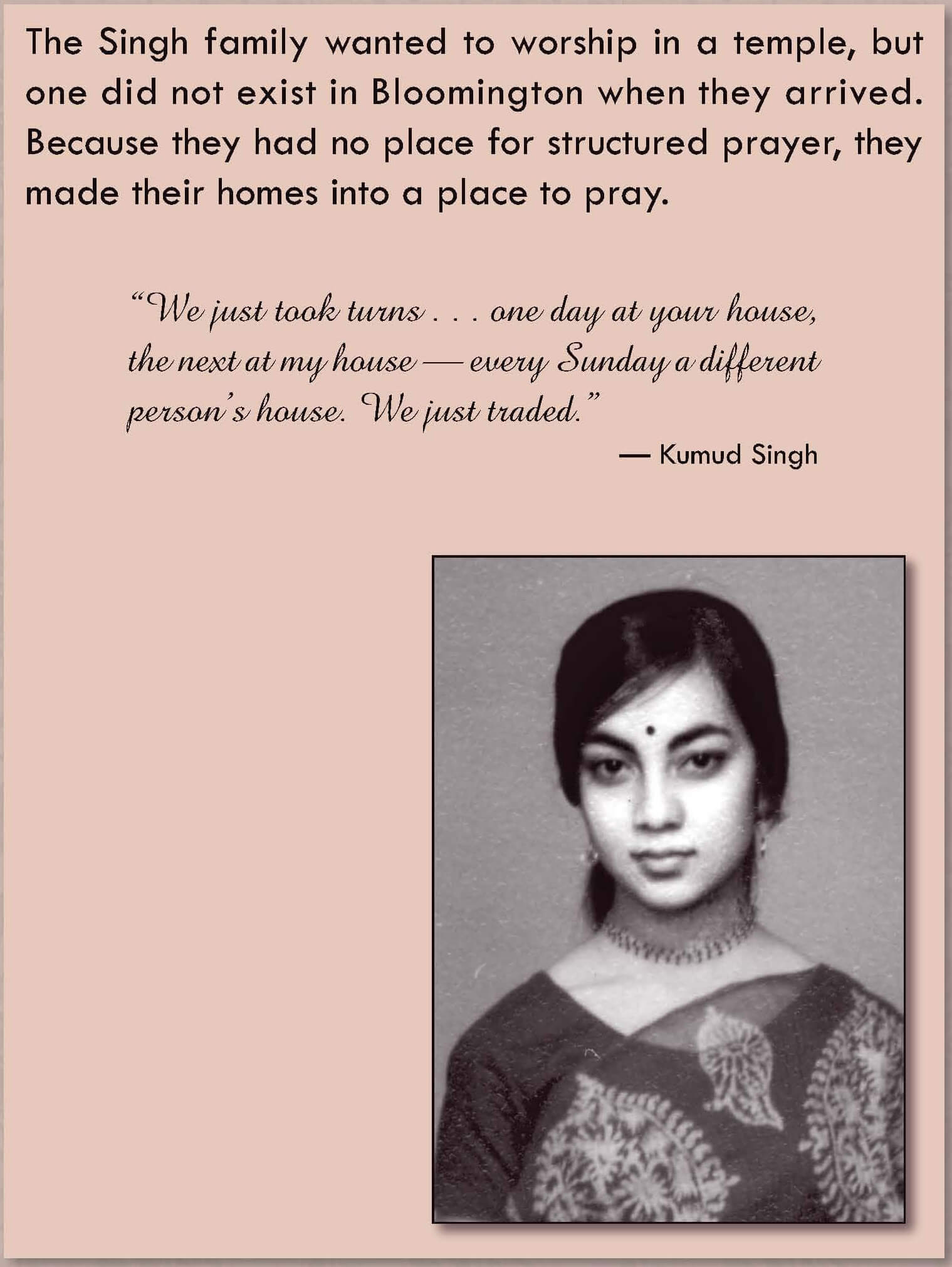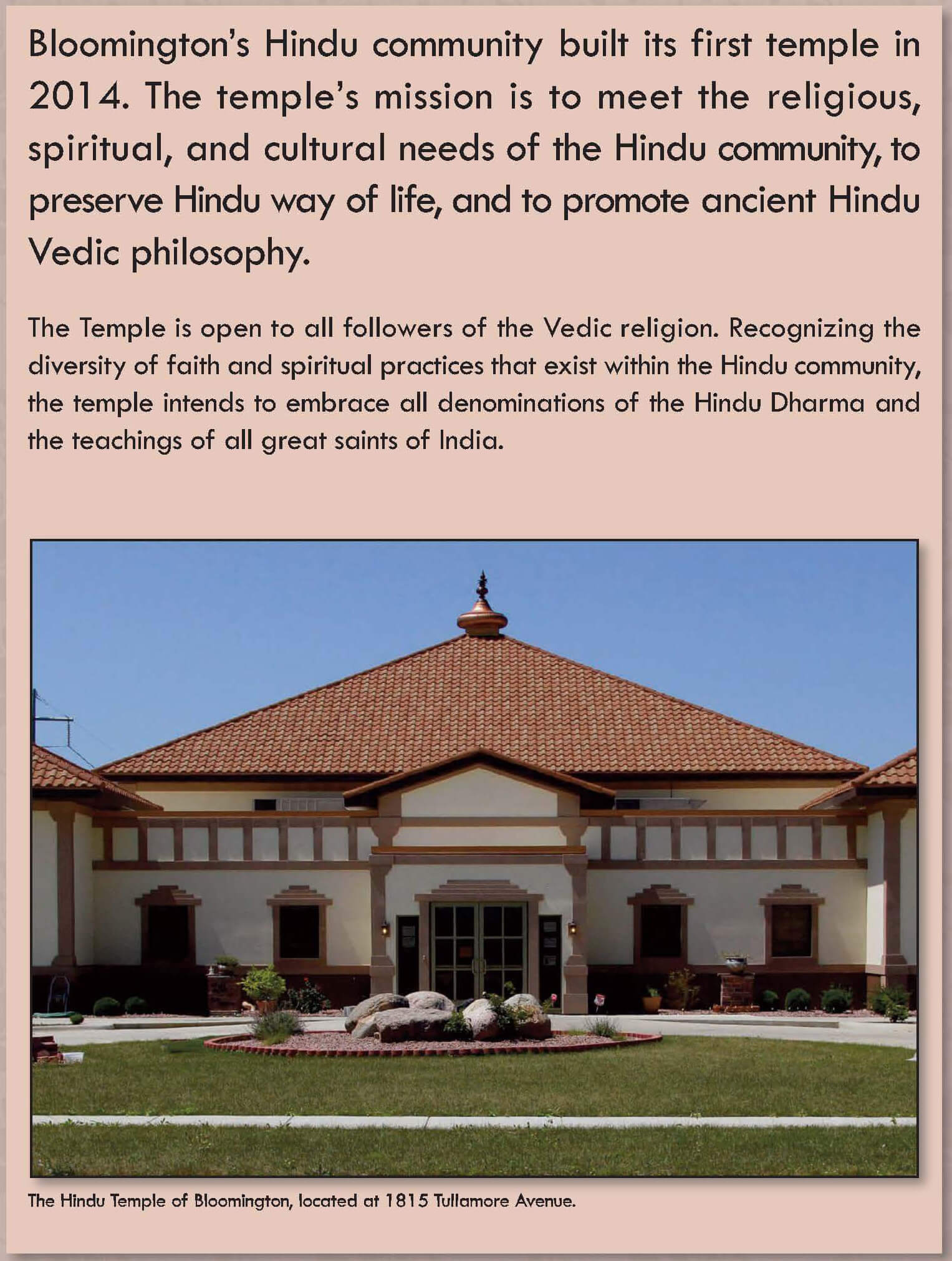Post WWII – Singh Family
The relaxation of immigration laws in 1965 opened the way for more Asians to immigrate to the United States. Soon afterwards, South Asian Indians began to arrive in McLean County. Immigration peaked in the 1990s as State Farm Insurance recruited skilled workers in Information Technology. Since 1980 South Asian Indians have been the largest immigrant group in McLean County.
Balwant Singh came to the United States from India in 1967 with the equivalent of a high school diploma. Like Balwant, most early immigrants from India came to the U.S. for employment and a better life. Also like other South Asian Indian immigrants, Balwant did not believe that he would stay in the U.S.
“I had a little better opportunity to make a living in this country than back in India... It was simply for survival.”
To get an entry visa into the U.S., Balwant first needed a job, a scholarship, or a sponsor.
With few opportunities available to him in India, Balwant’s brother, who was here on an education scholarship, helped him land a job at the Honegger poultry farm in Forrest, Illinois. He worked there for several years before becoming a phone technician (installer) for General Telephone Electric (GTE).
Because Balwant did not believe that he would stay in the United States, he arrived with very little.
Balwant left India with just eight dollars.
In the 1960s and 70s, Indian citizens could only take $10 of U.S. currency out of the country as Indian banks had limited U.S. currency available. That’s equal to about $70 in the year 2014. Could you survive with that amount?
Balwant brought with him only a small suitcase and his most valued possession, the Gita — a sacred scripture given to him by his father.
Balwant and Kumud embraced American culture. But like others of Indian descent in McLean County, they also continued traditional cultural practices.
When Balwant and Kumud married, it was a traditional arranged marriage with a Hindu ceremony. When their daughter Vijiya was married, it was not an arranged marriage. But Vijiya did choose to have a traditional Hindu ceremony.
Vijiya Singh and Vipool Rathod were married in a traditional Indian ceremony on May 27, 2000 at the Bloomington Consistory (the Bloomington Center for the Performing Arts).
Despite their native land being halfway around the world, the Singhs and others from India stayed connected with their religious roots.
A Ganesh statue was placed at the entrance of their home.
Brass Ganesh statue, circa 1980
View this object in Matterport
Ganesh is revered as the remover of obstacles and more generally as Lord of Beginnings. His presence at the entrance of a Hindu home is a sign of welcome.
Donated by: Balwant and Kumud Singh
2014.83
When the Singhs first arrived in Bloomington, they could not get the ingredients needed to prepare a typical Indian meal.
“There were not that many Indian families...Whoever used to go to Chicago, we used to give them the list [for groceries] — so all didn’t have to go. One of us could make a trip and get for everybody else.”
 Making a Home
Making a Home
 A Community in Conflict
A Community in Conflict
 Working for a Living
Working for a Living
 Farming in the Great Corn Belt
Farming in the Great Corn Belt
 Abraham Lincoln in McLean County
Abraham Lincoln in McLean County

